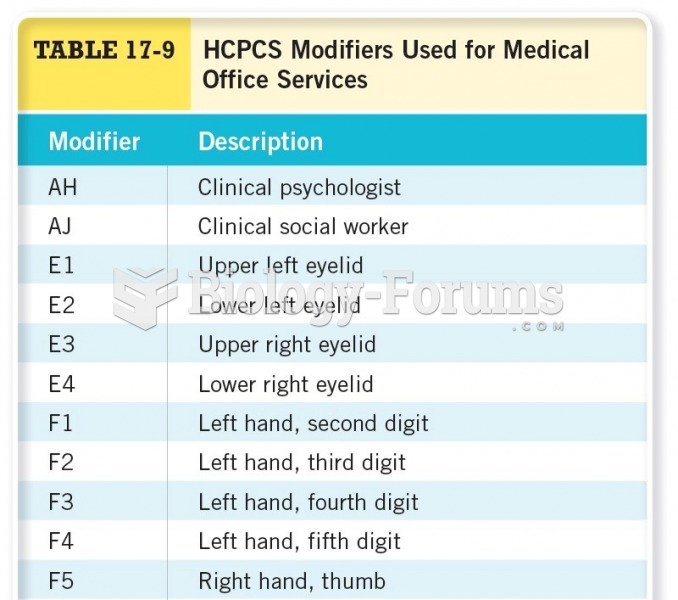Marissa is 14 years old and arrives at the physician's office with her mother. Marissa lost a large part of the hair on her head. She denies any recent illnesses, or travel outside of the country. Examination of the scalp shows that the bald patches are smooth with noticeable hair. There is a family history of alopecia; both her mother and her grandmother had issues with it when they were in their teens. The doctor did decide to run an ANA test to rule out any autoimmune issues, though he expected the results to be negative. He diagnosed Marissa with alopecia areata and prescribed topical corticosteroids. He counseled Marissa about alopecia areata, and assured her that in almost all cases, the hair does grow back. He told her to call him if she had any questions and told Marissa's mother to watch for signs of depression, or other psychological impacts of the hair loss. He asked Marissa to see him in three months, or sooner if she started losing eyebrow hair, eyelashes, or public hair, as that could indicate alopecia universalis, as opposed to the alopecia areata.
First-listed diagnosis: ________
Secondary diagnoses: ________
Fill in the blank with correct word.
Question 2
Marcus is a 39-year-old man from South AmericaBrazil to be exact. He has a very dark complexion. He was seen in the dermatologist's office several weeks ago, complaining of several patches of much lighter, almost white areas of skin on his body. The dermatologist's exam showed patchy depigmented macules on the patient's hands, feet, and face. The provisional diagnosis was loss of (skin) pigmentation. The dermatologist did a skin biopsy to rule out other causes. She also ordered labs, which included a comprehensive metabolic panel, serum cortisol, TSH, T3, and T4, and B12 levels. At the time of this visit, the dermatologist reviewed the test results with the patient. The skin biopsy was negative. The labs show abnormal thyroid levels. She also did a more comprehensive exam of the white patches on the patient's skin, and used a Wood's light. The patches glowed bright white under the UV light. Based on the labs, negative skin biopsy, and physical exam, she diagnosed the patient with hyperthyroidism and vitiligo. She discussed the various treatment options available to the patient for treating the vitiligo and the typical progression of the disease. She gave the patient a prescription for tacrolimus and Tapazole. She asked him to return to the office in two months.
First-listed diagnosis: ________
Second listed diagnoses: ________
Fill in the blank with correct word.







